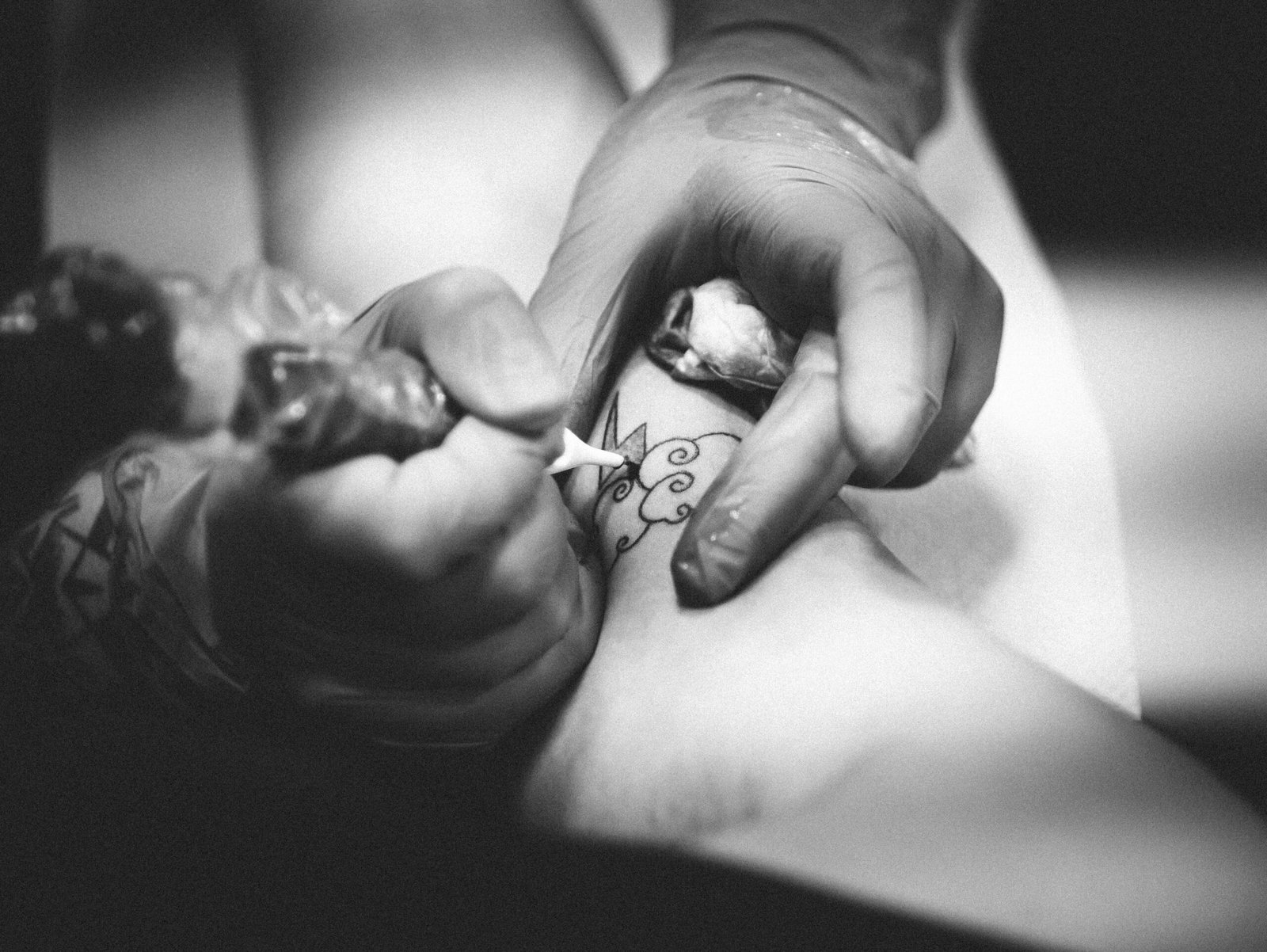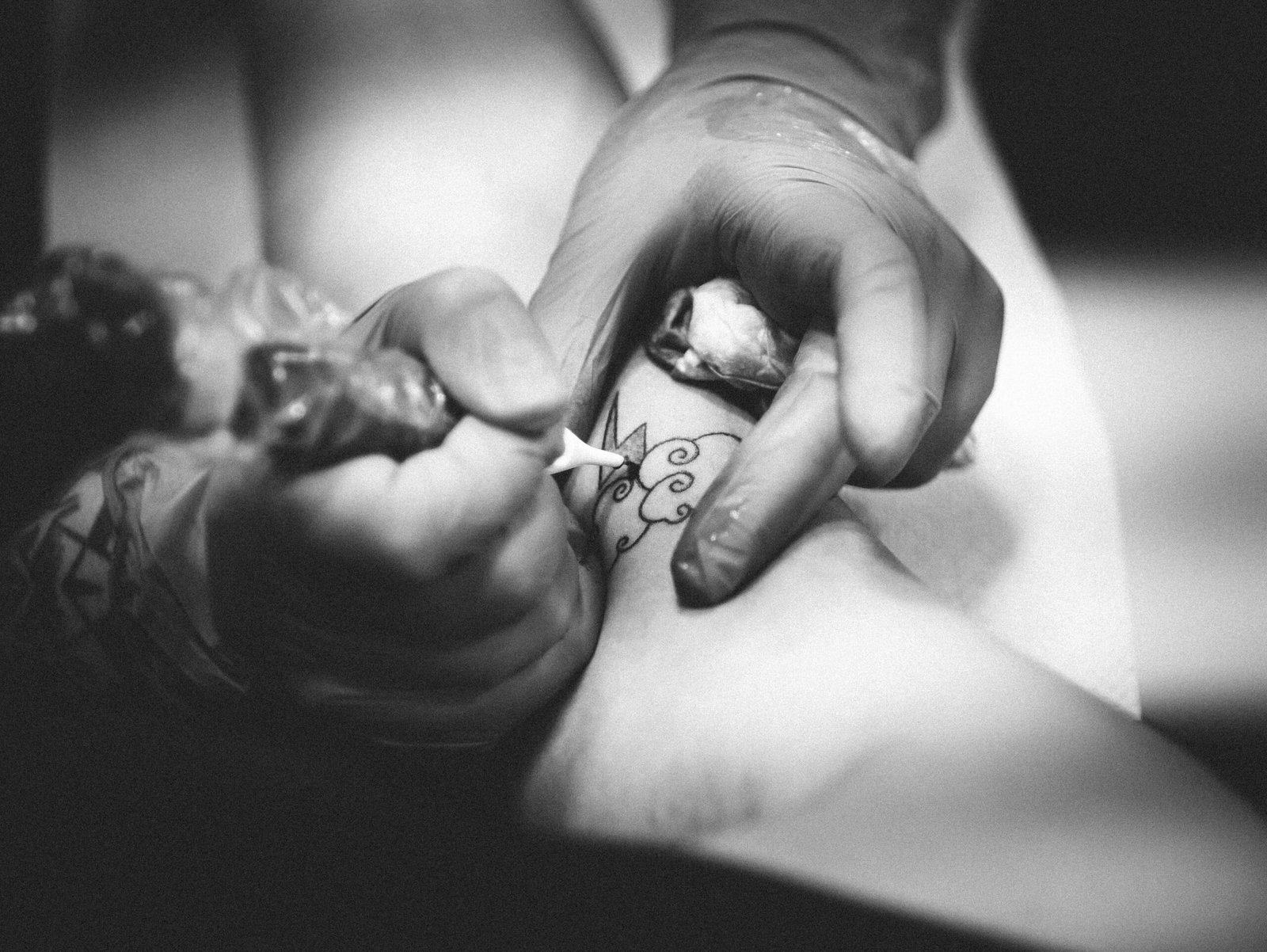Understanding Downtime for Pico Laser Tattoo Removal
Introduction to Pico Laser Tattoo Removal
Pico Laser Tattoo Removal represents a significant advancement in the field of dermatological procedures. Harnessing the power of picosecond laser technology, this innovative technique offers a refined approach to removing unwanted tattoos. Unlike traditional laser methods that typically utilize nanosecond pulses, Pico Laser employs ultra-short picosecond pulses to target and break down tattoo ink particles.
The key advantage of Pico Laser technology lies in its pulse duration. A picosecond is one trillionth of a second, which is remarkably shorter than the nanosecond pulses used in conventional laser treatments. This brief pulse duration translates to a more vigorous photoacoustic impact on the pigment particles, leading to their rapid fragmentation. As a result, the scattered ink particles are more effectively absorbed and eliminated by the body’s natural processes.
Compared to traditional laser tattoo removal, Pico Laser’s superior precision causes significantly less thermal damage to the surrounding skin. This benefit not only minimizes the risk of scarring and hyperpigmentation but also accelerates the overall healing process. The enhanced precision of picosecond pulses ensures that the energy is more efficiently concentrated on the ink, reducing the number of treatment sessions required to achieve satisfactory results.
The science behind Pico Laser’s effectiveness can be credited to its higher peak power and shorter pulse duration. Higher peak power means the laser energy is delivered in a shorter period, maximizing the impact on the tattoo ink while minimizing heat diffusion around the treated area. This focused energy delivery leads to a more homogeneous breakdown of ink particles, which are subsequently removed by the lymphatic system.
In summary, Pico Laser Tattoo Removal offers an advanced, efficient, and skin-friendly solution for eliminating unwanted tattoos. By leveraging the benefits of picosecond technology, this method provides a safer and more effective alternative to traditional laser treatments, ensuring better outcomes with fewer side effects.
Downtime After Pico Laser Tattoo Removal – What to Expect
Pico Laser Tattoo Removal is known for its advanced technology and effectiveness, but understanding the downtime involved is crucial for anyone considering this procedure. Initially, patients may experience redness and swelling around the treated area. This is a typical response as the laser breaks down the tattoo pigments. Redness and swelling usually subside within a couple of days, but in some cases, it can persist for up to a week, particularly for individuals with sensitive skin.
Blistering is another possible immediate effect post-treatment. Blisters form as the body begins to expel the fragmented ink particles. Though it may sound alarming, blistering is a part of the natural healing process and typically resolves within a week. Adequate aftercare, such as keeping the area clean and applying prescribed ointments, can significantly aid in faster recovery and mitigate the risk of infections.
The overall timeline for recovery can vary based on several factors. Individuals with different skin types may experience variations in healing times. For instance, those with lighter skin may notice a quicker reduction in redness compared to individuals with darker skin tones. Additionally, the extent and density of the tattoo can impact the downtime. Larger and more intricate tattoos generally require more sessions, which may extend the recovery period.
Furthermore, the colors used in the tattoo play a significant role in the recovery timeline. Darker pigments like black and navy blue tend to respond more quickly to the treatment, often requiring fewer sessions. On the contrary, colors such as green and yellow can be more resistant and may necessitate additional treatments, thereby potentially prolonging the downtime.
In general, while most individuals resume their normal activities within one to two days after a session, it is advisable to avoid strenuous activities that could affect the treated area for at least a week. Protecting the treated area from direct sunlight is also critical during the healing phase to prevent hyperpigmentation or other complications.
Aftercare Tips to Minimize Downtime
Minimizing downtime after Pico Laser Tattoo Removal is essential for optimal recovery and satisfactory results. Proper aftercare ensures the treated area heals efficiently, reducing the risk of complications and enhancing the overall outcome. Below are some practical aftercare tips to support the healing process.
First and foremost, it is crucial to keep the treated area clean. Gently wash the area with mild soap and lukewarm water, avoiding harsh or abrasive cleansers. After cleaning, pat the area dry with a soft towel rather than rubbing it. Consistent cleaning helps prevent infections and promotes a healthy healing environment.
Moisturizing the treated area is another critical aspect of aftercare. Applying a gentle, fragrance-free moisturizer can help keep the skin hydrated and prevent dryness and cracking. Ensure to follow the specific product recommendations provided by the treatment professional to avoid any adverse reactions.
Avoiding sun exposure is paramount during the healing period. The skin in the treated area is highly sensitive and susceptible to damage from ultraviolet rays. Wearing protective clothing and applying a broad-spectrum sunscreen with at least SPF 30 can shield the treated area from harmful sunlight.
It’s imperative not to pick at scabs or blisters that may form during the healing process. Interfering with these natural healing signs can lead to scarring and prolonged downtime. Allow the skin to heal naturally, and resist the temptation to interfere with the affected area.
Hydration and diet also play a significant role in recovery. Drinking plenty of water helps maintain skin elasticity and moisture levels, which are essential for the healing process. Additionally, a balanced diet rich in vitamins and minerals can support skin regeneration and overall immune function.
Following the specific aftercare instructions provided by your treatment provider cannot be overstated. Customized guidelines tailored to your skin type and treatment specifics are integral to minimizing downtime and achieving the best possible results. Adhering to these meticulous steps fosters a smoother and quicker recovery, ensuring the effectiveness of your Pico Laser Tattoo Removal.
Potential Complications and How to Address Them
Pico Laser Tattoo Removal is widely regarded as a safe and effective method for removing unwanted tattoos. However, like any medical procedure, it does carry potential risks and complications. Understanding these complications and knowing how to manage them is crucial for ensuring the best possible outcome.
Some of the common complications following Pico Laser Tattoo Removal include infection, scarring, and changes in skin pigmentation. Infection can occur if the treated area is not properly cared for post-procedure. Signs of infection include increased redness, swelling, warmth, pain, or oozing of pus. If you notice any of these symptoms, it is essential to seek professional medical advice promptly to prevent further issues. Practicing good hygiene, such as keeping the area clean and covered, can minimize the risk of infection.
Scarring is another potential complication, although it is relatively rare with Pico Laser treatments. Scarring can result from an overly aggressive treatment or improper aftercare. To mitigate this risk, ensure you follow all post-procedure instructions provided by your practitioner. Utilizing recommended healing creams and avoiding picking at scabs will also assist in preventing scars and promoting smoother healing.
Changes in skin pigmentation, such as hyperpigmentation or hypopigmentation, can also occur. Hyperpigmentation involves the darkening of the skin in the treated area, while hypopigmentation refers to lightening of the skin. These changes are usually temporary and fade over time as the skin heals. Protecting your skin from sun exposure by using sunscreen or wearing protective clothing can help minimize pigmentation changes.
To reduce the likelihood of complications, choosing a qualified and experienced practitioner is paramount. An experienced practitioner will not only use the correct techniques to minimize risks but will also provide comprehensive post-care instructions. Ensuring your practitioner is certified and has a good reputation can significantly influence the success of your Pico Laser Tattoo Removal process.
If you experience any unusual symptoms, discomfort, or concerns during the recovery period, do not hesitate to contact your practitioner. Early intervention can prevent minor issues from developing into more serious complications, facilitating a smoother healing process and achieving the desired tattoo removal results.







